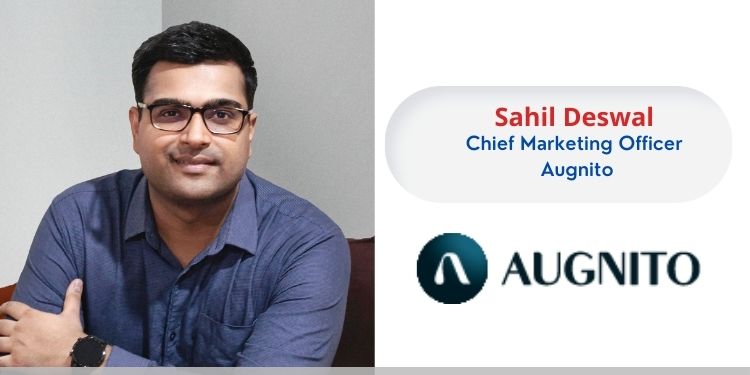Software-as-a-service (SaaS) is now the de-facto choice for organizations in search of accessibility, functionality, and versatility in the current cutthroat business environment. It’s now supremely possible for companies to run SaaS software solutions and online data analysis without the need to rely on installing and running complex applications on their own computer systems and data centers. As such, these incredible innovations are rising in popularity every year where SaaS now dominates the cloud computing market. Gartner predicts that the service-based cloud application industry will be worth $143.7 billion by 2022 – a level of growth that will shape SaaS trends this year.
With the pandemic necessitating more remote work than ever, the need for SaaS will only increase and in all probability, the SaaS market is going to get only bigger and bigger. According to Bloomberg, public cloud platforms, business services, and applications (SaaS) will all grow at a 9% CAGR between 2020 and 2023 and will be worth $60.36 billion. A Betterbuys report reveals that the specific expenditure in the U.S. SaaS Industry is forecasted to reach $55 billion by 2026.
In one sense, this trend mirrors a larger transformation that has been recently affecting how businesses purchase and use technology and how black swan events such as Covid has accelerated the adoption of said technologies – we’re now looking at more pull than push. In the late nineties, when deploying an app meant going back to the IT department and securing a hefty sum of licensing fees, to now when a majority of the companies decide it is easier and cost-effective to buy stand-alone subscriptions to SaaS models that are able to service their business needs in a better manner.
As SaaS companies see a significant increase in client acquisition since the start of the pandemic, this steady momentum is expected to continue in the foreseeable future. While historically marketers have focused on the latest experimental growth hack trends, the urgency of the situation calls for tried and tested marketing strategies that have stood the test of time and doubling down and focused on repeated success. This year without doubt is the year of focus – where the roots of brand marketing will be revisited heavily.
In 2022, my Top 3 SaaS trends in brand marketing that will end up becoming a popular choice to capture the market are as follows.
Be Human: Your products are complex and built on AI and ML but your audiences are very much human beings with real concerns, interests, and pain points. By humanizing content for them in how-tos, listicles, campaigns, and stories that spark engagement and discussion, is perhaps the best way to reach them. By ensuring that you foster a sense of shared belonging to say “we are in this together” messaging will always lead to a successful SaaS marketing strategy. As per a report by Forrester, COVID-19 time has demonstrated that it is important for businesses to support their B2B customers through more than just basic sympathetic messages that pay lip service. More important than that, B2B marketers need content that gives the audience “the confidence to know that they will overcome and flourish.” One way to do this is to share real-time stories that feature the end-users. This type of content lets them know what they can achieve with your service and how your service is most likely to achieve better outcomes for them. As a variation to the tried and tested success stories, content can be made more relevant by discussing use cases specific to fixing a pain point, or how your SaaS users are overcoming challenges that have been presented to them.
Build a Wholesome Brand Experience: Having a logo, slogan, website, and anchoring positioning statements simply isn’t enough. Customers demand more from SaaS companies they choose to partner with based on their core that drives performance and results. Brand positioning and messaging matter more than ever in the crowded world of SaaS customer acquisition and retention, and through your messaging, you want to communicate to customers how and why you offer the ideal solution for them. The brand experience that customers expect should include distinctive and attractive visuals combined with ways to make a genuine emotional connection. A brand experience will connect with customers on more than a surface level, which helps to build loyalty through the development of a relationship. Your SaaS marketing components should be layered across the buyer’s journey and run through every element of your sales and marketing efforts, from the website to digital content to the ads. Consider taking on a comprehensive branding initiative in the year ahead.
Embrace Product Led Marketing: In the past, marketers used to find potential customers, generate leads, and finally, sell their products to them. This traditional means of marketing has proven to have some disadvantages for SaaS marketing. In my view, the product itself should be at the heart of marketing strategies. That is to say, the growth of the product’s market and the problems it solves have to be central to SaaS marketers. As a result, your product can find its way to sell very well and your marketing team just needs to get feedback from your customers. The feedback will help you include all the features required to provide customers with as much convenience as possible. Do the primary research and then some more!
Final thoughts
Brand Marketing and the SaaS industry are two ever-changing matters, and therefore, as a marketer, you need to remain updated on the latest trends and think global but act locally at all times. The goal should be to focus on your customers and do everything that revolves around their needs and how you help solve for those.
Authored article by Sahil Deswal, Chief Marketing Officer, Augnito.
















